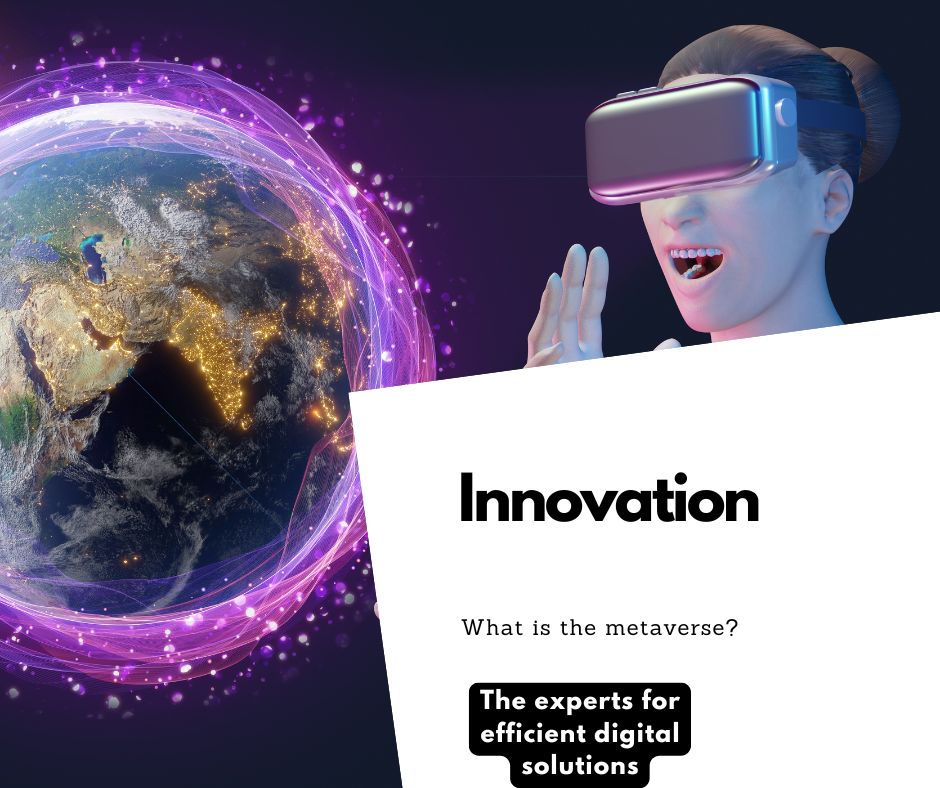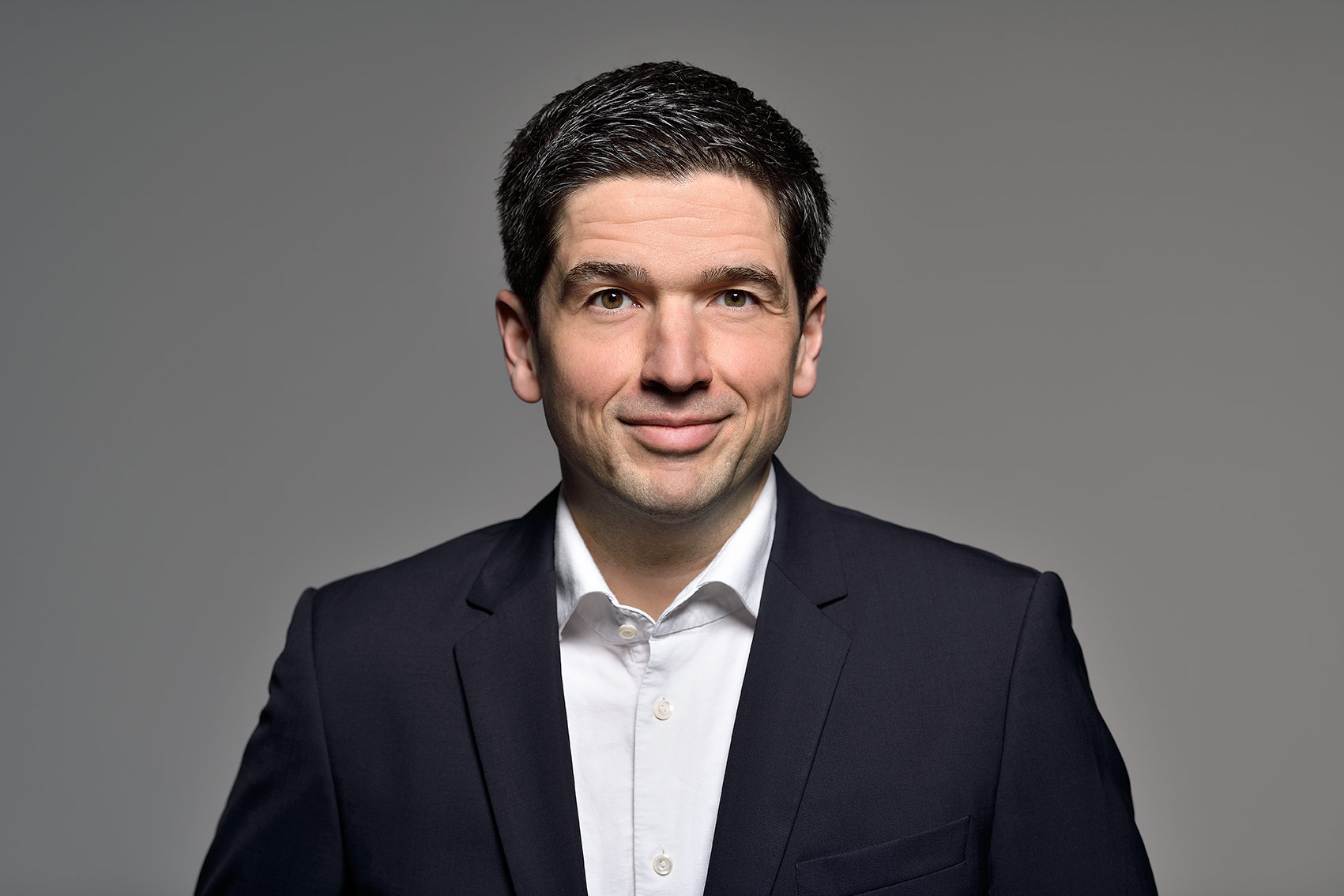What is the metaverse?

Covid-19, lockdowns, extreme isolation and restricted mobility caused a major shift in life from the real to the digital world. People used the internet to a much greater extent and immersed themselves more deeply in social media, virtual games and immersive experiences. During this time, the world also saw a steady increase in the use of virtual reality and augmented reality. As a result, virtual worlds gained a massive number of users who wanted to interact with them more intensively and for longer.
Metaverse – Everything you need to know as a brand
The Metaverse fits perfectly into these needs. It creates a virtual world where people can use their 3D avatars to connect, work, play, build communities, buy/sell or immerse themselves in content. It provides an immersive, persistent and three-dimensional digital experience where people can consume or create content while being a part of that content. Brands can use these features to engage with their target audiences and provide them with an optimal user experience in what is perceived as a highly innovative environment.
Major brands such as Meta (formerly Facebook), Nike, Nvidia, Coca-Cola, Disney, Hyundai, Gucci, Louis Vuitton and many others have already started to move their business into the metaverse in various ways. Statista estimates in one of its articles that the size of the metaverse market will grow to USD 47.48 billion in 2022 and to USD 678.8 billion by 2030.
This raises the question of how important the metaverse is for brands. In this article, you will find out what the metaverse is, what significance it has and what potential it offers for companies to grow exponentially in the metaverse.


Basics – What is Metaverse Virtual Reality?
Neil Stevenson first used the term metaverse in his novel Snow Crash. The metaverse is the virtual place where the characters in the novel seek refuge from a totalitarian reality. Since the 1990s, progress has been made in the areas of AR, VR and gaming. In 2003, Second Life was the first multi-user environment for socializing in a completely virtual space. The rapid development of VR goggles has given this concept of virtual worlds an enormous boost.
Facebook (now Meta) acquired Oculus VR in 2014, which drew the attention of major companies and corporations to the virtual world. Meta is one of the tech companies that recognized the importance of the metaverse very early on. At the end of 2021, the metaverse gained further momentum when Mark Zuckerberg announced the rebranding of his company and changed the name of his parent company from Facebook to Meta in order to expand the scope of their virtual offerings in the metaverse world in the future.
Since this event at the latest, the metaverse has been considered the latest paradigm shift on the internet and has become one of the most well-known technological concepts. Simply put, a metaverse is a VR world in a VR universe where you can build avatars/appearances, communities, alternate realities or lifestyles. Each brand can create its own virtual world, so there can be any number of metaverses. In the same way, smaller brands can rent or lease spaces in other companies’ virtual worlds. It can theoretically replicate virtually any activity that is possible in the real world and can be used in areas such as education, entertainment, gaming, business, e-commerce, research and social gatherings.
How do brands shape the metaverse?
While there are many metaverses out there, we’ve listed the top three metaverses that are currently making a splash and have gained a significant advantage in the virtual world space. These metaverses are open to selling, renting and sharing their virtual space with other businesses and users.
Although these three metaverses stand out, there are many other metaverses that exist today and offer room for new developments. Other metaverses such as Genesis World or Treeverse all have their own unique take on NFTs, land and world building mechanics. As a technology service provider, we believe that part of the future lies in the metaverse, and we want to help you find your place in the virtual worlds.


Why should you as a brand take advantage of Metaverse technology?
In principle, most metaverses are of interest to companies for marketing and PR, but there are also a variety of possible uses in the fields of education, research, training and simulation.
Companies such as Nvidia believe that metaverse simulations will help in the development of sustainable production and logistics solutions. Microsoft uses its Mesh platform to create XR applications that integrate the real world into the immersive world.
Nike is also making its way into the virtual world, filing a patent for virtual goods and looking for ways to create virtual retail environments to sell these digital products. Nike also recently acquired RTFKT, which is developing virtual sneakers for the Metaverse.
Sotheby’s recently launched its virtual gallery for curated digital art in Decentraland. Many virtual exhibition spaces, art collections, fashion shows and other entertainment offerings are finding their way into the metaverse. Recently, many artists, influencers and content creators have used NFTS and blockchain to trade their art and content.
So there’s no doubt that brands are increasingly entering the metaverse and using it to their advantage. If you’re thinking about getting your company, product or idea into the metaverse, here’s what you should do now:
What can you do now?


Typical entry scenarios for brands and companies in the metaverse
Before you invest heavily in the metaverse, you should do your homework and get started by learning and iterating. That’s why we’ve listed a few ways brands are already successfully taking advantage of metaverse technology.

The Metaverse represents not only a technological innovation, but also a transformative way in which we interact with our customers and partners. At DMG, we see the metaverse as a way to create immersive experiences that blur the boundaries between the physical and digital worlds. Our subject matter experts are ready to help companies seize the opportunities of the metaverse and develop customized solutions that pave the way for a new era of digital interaction.
Till Neitzke
Conclusion: The potential of the metaverse for brands and companies
The Metaverse provides an exciting and transformative platform for brands and businesses to discover innovative ways of interacting and engaging. It not only opens up new business opportunities, but also enables a deeper understanding of the needs and desires of the target audience. Through creative applications, interactive events and the use of technologies such as NFTs, companies can significantly increase their brand presence and build a loyal community.
To realize the full potential of the metaverse, it is crucial to take the right approach, learn continuously and respond flexibly to the ever-changing landscape. Brands that are willing to invest in this digital future and adapt their strategies accordingly will not only succeed in the virtual world, but also secure their influence and relevance in the overall market in the long term. The metaverse is more than just a trend – it is a new reality that will permanently change the way businesses operate and interact.
Successful together in the digital transformation –
Your introductory meeting with DMG
In our introductory meeting we will discuss
- what your current challenges are in digital projects
- how other companies have done it and how you can use this to your advantage.
- what needs to be done now and whether we are the right people for the job.
[ameliastepbooking]
